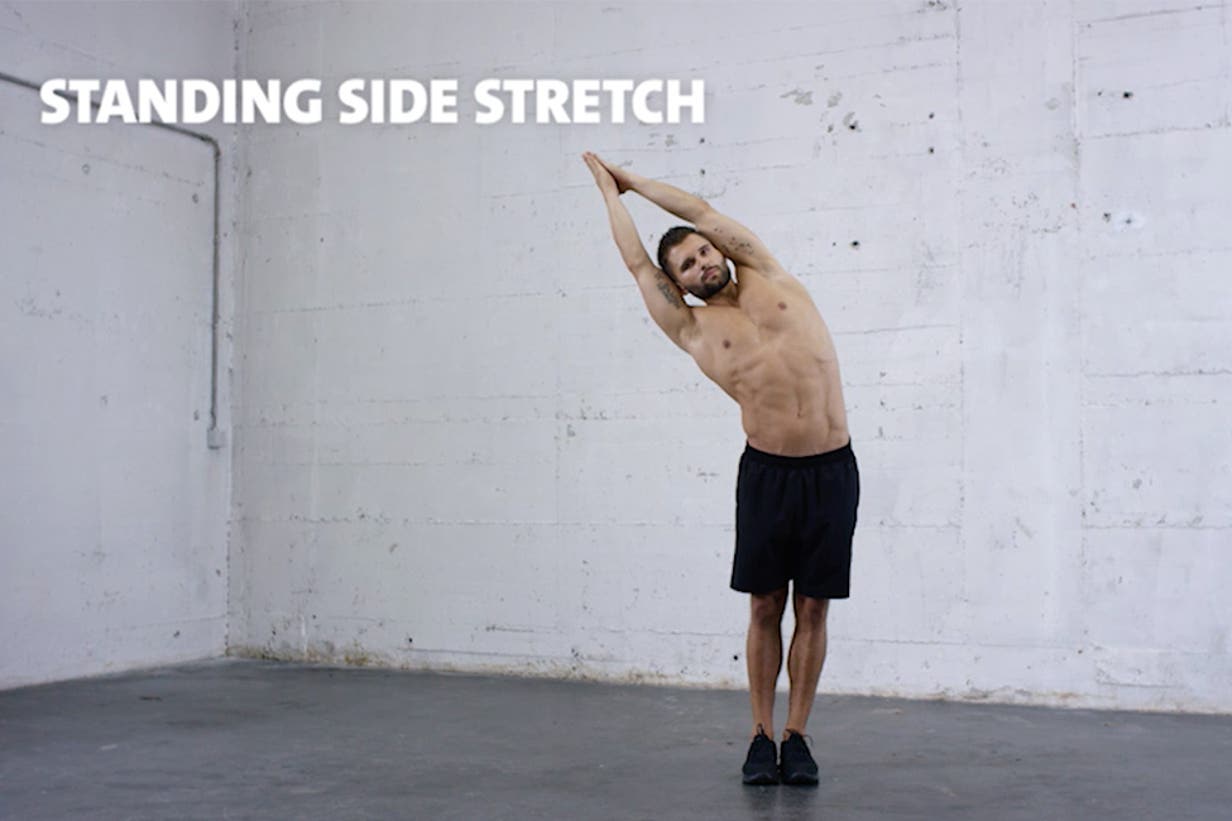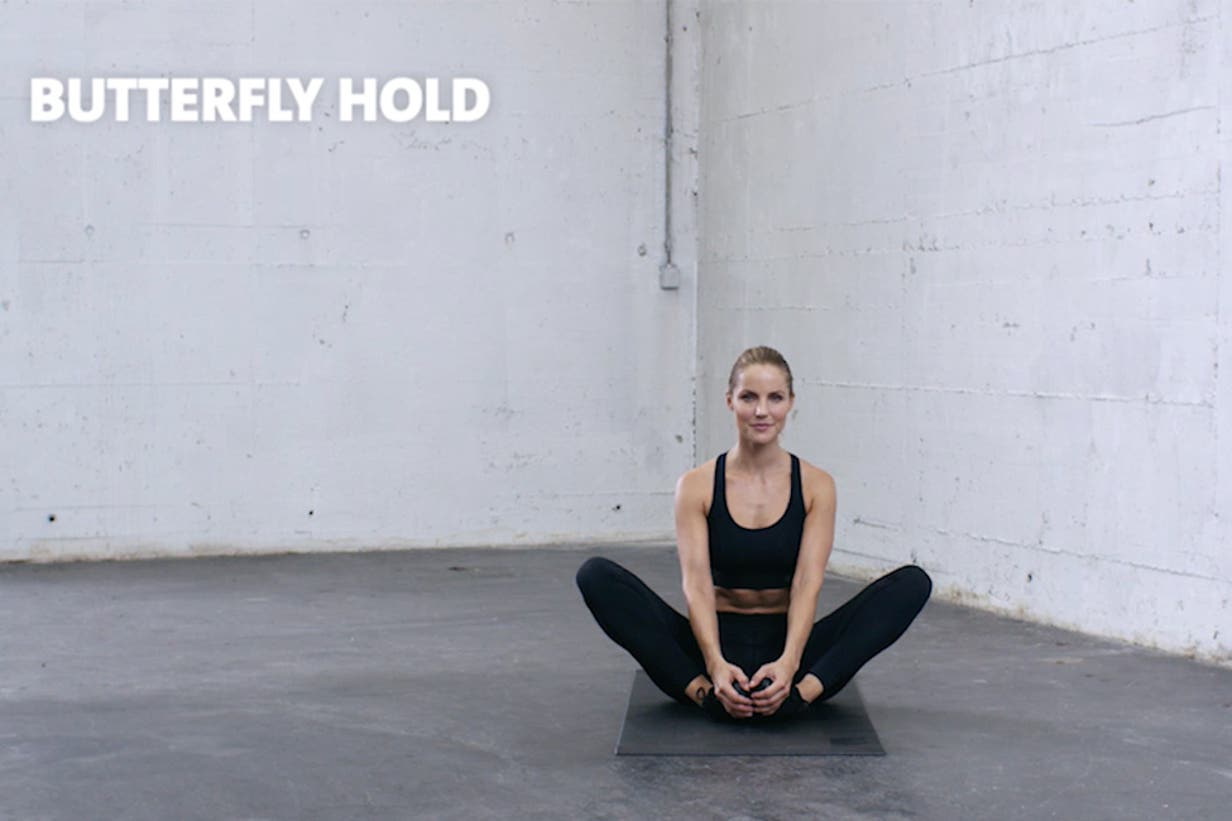Just like the Dynamic Warmup prepares and activates you for an upcoming training session, the Active Cooldown aims at supporting the body’s recovery process afterwards. In this article, we want to educate you on the importance of a cooldown, and why no training session is complete without.
Cooldown – does what it says
We all know the cooldown follows a training session, but are you aware of the Active Cooldown’s primary function? As the word itself says, the cooldown gradually cools – or calms – down the cardiovascular system and allows your body to return to its regular state after a training session. This involves bringing the heart and respiratory rate, body temperature and metabolism back to their normal levels. As well as this, a proper cooldown actively helps your body to enhance regenerative measures, so it can recover faster.
Dangers of skipping the cooldown
By not allowing the body to properly cool down and return to it’s normal state after a workout, we risk damaging the cardiovascular and musculoskeletal system. This not only increases the likelihood of stiffness in the days that follow, but blood pooling can also occur. When you suddenly stop moving after vigorous exercise, the blood that was being pumped throughout your body during training can pool in your legs and feet, which can lead to dizziness and potentially fainting.
How should you cool down after your workout?
How you cooldown is dependent upon your training session. For example, things like training stimulus, training duration and what muscles have been worked, should all be taken into consideration when choosing your cooldown method. An easy shake out run, foam rolling and passive-static stretching are some of the top post-workout strategies we recommend. For maximum effect, it’s worth matching your cooldown method to your training session.

Active Cooldown in Freeletics Bodyweight
In Freeletics Bodyweight we use the method of passive-static stretching in order to re-establish the range of motion of your muscles and around your joints. Keep in mind that the passive-static stretching is not just for increasing your flexibility. For example, after doing several pushups, it’s important to open up the chest and shoulder muscles again. With this, you avoid the so-called impingement syndrome in the shoulder area, which occurs when the joint does not have enough space to move, and can result in an impairment as well as a loss in range of motion.
Let’s recap
The Active Cooldown is a decisive part of any training session as it accelerates the body’s recovery and regeneration processes. Cooldown methods such as easy running, foam rolling, massaging or passive-static stretching are all effective ways to enhance blood circulation, remove metabolic products and protect the body against injuries to the muscles and joints, as well as combat blood pooling and stiffness.

The bottom line is: your body is like a motor. It’s designed to perform, but it can also overheat. That’s why you must take the necessary measures required to keep it cool, rested and ready to go again.